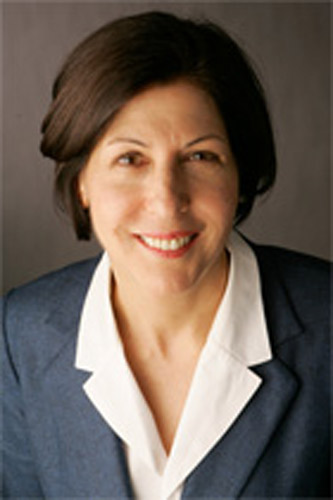Recalling the jihad against Martha Stewart

Froma Harrop, syndicated columnist
I like Martha Stewart. Always have.
Two recent documentaries, “Martha” on Netflix and the CNN series “The Many Lives of Martha Stewart,” follow the Greek drama that make Stewart a cultural fascination to this day. They recount the jihad against this visionary who came under attack for being a woman with fierce ambition.
Admittedly, Stewart’s hard-edged perfectionism and nuclear-powered drive had created some tension with her product, the “soft” home arts of cooking, flower arranging and chair reupholstering. But did she had to be destroyed?
Sure, Stewart engaged in some insider trading that may have seemed nothing more than an innocent stock tip. She shouldn’t have lied about it to the FBI. But did journalist Dominick Dunne have to call her the “Goddess of Greed” over a transaction that saved the creator of a billion-dollar business only $45,673? It sure didn’t merit five months in prison.
In 1987, the cultural hyenas jumped on her for signing a $5 million contract with K Mart. Stewart was allegedly “selling out” the domestic lifestyle she had cultivated, moving away from authenticity toward mass production and profit.
Heaven forfend. The year before, Disney Company’s CEO walked off with a $90 million severance check after 14 months of undistinguished performance.
She was tenacious. So, what? Male executives wore that badge proudly. This woman built a business empire based on creating artistic cheese trays and making wreaths from dry leaves. Try that, Elon Musk.
Some of her trouble came in the sub-message that our home lives had turned slovenly because Americans had stopped caring about family dinners and dust balls under the sofa. Some translated that not as a call to do better but as an indictment.
But Stewart had no army. Those who accused her of creating unrealistic expectations for women juggling work and family should have been asked: Whose expectations?
One could simply enjoy watching her on TV or reading her magazine, Martha Stewart Living. Her projects were properly labeled “aspirational.”
I once tried to follow her instructions for coloring cloth with natural vegetable dyes. Two hours later, I ended up with blotchy fabric and hands stained by beet juice. I tried, I failed, and I had a funny story to tell.
I was intrigued by her demonstration on how to roll an ironed tablecloth in parchment paper to prevent wrinkles. And how nice that she could whip up 80 perfectly iced little cakes in no time. I can’t do a single back flip. Must I resent Simone Biles for executing a triple-double in one move?
It took Superwoman strength to plant an orchard with 122 trees and who knows how many rose bushes. One interviewer noted that people living in Detroit or New York City couldn’t do rose gardens. She responded, “but yes, they want roses.” The fantasy was more than half the point.
Women were among her leading inquisitors. One called her “the most intimidating homemaker on earth.” Another female interviewer tells her, “Either they worship you or they say you make us crazy.”
There was a third possibility — that they found her entertaining.
Martha Stewart can lay claim to two heroic feats: She played a big part in improving the quality of American homelife. And she rebuilt a business that had been left for dead.
Above all, Martha was a great tough broad. You saw how TV’s Larry King kept badgering her about her failed marriage in a way that would have seemed bizarre had the executive been a man.
“I had sacrificed a marriage because of the allure of a great job,” she finally relented. And she didn’t regret it? She did not.
I like Martha Stewart, still going strong at 83. More than ever.
EDITOR’S NOTE: Follow Froma Harrop on Twitter @FromaHarrop. She can be reached at fharrop@gmail.com. To find out more about Froma Harrop and read features by other Creators writers and cartoonists, visit the Creators website at www.creators.com.




